D.I.Y.: Start Your Own Cassette Label!
By adam_schragin on Aug 4, 2008 at 10:56am in DIY

Let's say you've got the itch to start your own label. You've got the typeface all picked out, the clever name ready, and an idea of what sort of music you'd like to showcase. What you don't have is a whole lot of scratch to invest in putting out your records, a huge, untapped audience you think will lap up your releases, or some combination of both.
If this applies, and if you've always loved sturdy, portable cassettes more than unwieldy, easily-warped vinyl or scratch-ready compact discs, perhaps you'd be best off starting your own cassette label. Cassette releases can be time consuming, and you'd be lucky to break even after all of your hard work, but if they're done right they speak volumes more than your average Sharpie-scribbled CDR release.
Here to give us an insider's view of the cassette trade is Seth Whaland, one half of the increasingly prolificNatrix Natrix label based out of Austin. He and his partner Rhonda Turnbough have already led releases of more than a dozen cassettes that range from lo-fi folk to avant-pop, and they show no sign of stopping. Here we go, step by step:
First, find an artist whose work you'd like to put out.
Seth Whaland: "This guy named Brad Dunn just played at our house recently and I really liked his stuff. I wrote him an e-mail to see if he'd ever want to do a tape with us. He wrote me back and said that he would love to and already had something recorded that he would be sending along."
Decide how long the tapes need to be that you'll order, and of what quality.
Whaland: "Once I have (the music for release), I'll see how long it is. I'll figure out how close we can get the A and B sides to be even and if the longest side is nineteen minutes and thirty-one seconds or something, then I'll order forty-minute tapes. You can order any length you want. You can also choose the level of sound quality on the tape. There is series 0, which I've never ordered, Series 1, which is "voice quality" and is what I used for Natrix Natrix #11 which contains only speaking. Series 2 is what I usually get. It was "music grade," although now it is "music/mastering grade." There is no more Series 3 and Series 4 is "chrome grade" and that is only for boy bands, I assume."
Order Supplies.
Whaland: "The place I go through is called Crown Magnetics and it's based out of Lebanon, PA. It seems like most cassette manufacturers, like most pretzels, and like me, come from Pennsylvania. They mostly cater to churches and other religious organizations, I guess. Say that Brad Dunn tape does end up being 40 minutes, and we decide to do 100 of them (which is probably what we'll do), it would cost about $45 for 100 tapes. The cases are about $12 for 100."
Dub 'em.
Whaland: "Dubbing the tapes was really easy when our friend John Rose (who also released a cassette with us) still lived in town. His work had four cassette decks hooked up that could dub seven tapes at once at a high speed. We would get a pizza and a movie and go to his work after hours and dub the majority of them in one night. Now that he's gone I do them all on one lonely cassette deck in the bedroom. It takes a long time to knock them all out, but the effort is minimal."
Find/create Artwork.
Whaland: "Usually the artwork ends up costing more than the tapes themselves and is also what usually requires the most effort. That is Rhonda's field, not mine, but I know she usually spends hours and hours on the artwork. She has designed all of the cassette releases except for the Viking Moses/Adam Lipman tape, which was our first release. Artwork costs more because tapes are comparably cheaper, mostly. Also, nice looking color copies are expensive. A few of the covers have been printed using the Gocco printer, which is a small, self-contained pseudo screen printer. It's really neat, but every time you burn a screen it burns up two bulbs, plus the screens aren't reusable. So it costs more than you would expect for all the art supplies." And how do you go about getting artwork for your tapes if you don't have a super-talented, artistic label partner? "As for how a musician would get artwork, well, there are lots of ways! If you're in a music or DIY community at all, there are always artists of one type or another out there. I can think of at least half a dozen friends that would do artwork for us if we asked them to. Plus there are always people you could pay to do the artwork. That band Dinosaur BBQ had tapes and his artwork was just national geographic pictures cut to size. If you wanted to go really cheap and DIY, you could always just make black and white photocopies. Sometimes they look cool if you do it right. Crayons also work. Since the tapes come in limited numbers, you could do just about anything. Found art might be cool."
Last, sell 'em.
Whaland: "We give usually 20 - 25% of the tapes to the bands to sell. They can buy more off of us for cheap after they sell those. Mostly they are sold at shows. We sell them through the website, too. I have a friend with a distro in PA and he usually gets three to five to sell. (I just trade him tapes for buttons usually, as he has a button maker). We don't sell any tapes at any record stores right now. Most record stores just don't have a place for tapes to be displayed anymore. We give away/trade a lot of tapes when bands come through town, too. We sell most tapes for $4.00. The Viking Moses/Adam Lipman tape was more involved and expensive (because of the big book-on-tape packaging) so that is a $6.00 tape. That tape, though, was distributed through Marriage Records for a while, so we sold at least 30 through them, but we sold them at a discount since they bought at least 10 at a time. On the other side, a few of the tapes were cheaper to make and less likely to be sold (Arnold P. is a band that doesn't even really exist, for instance) so they're only $3.00. I bet the only tape we've made our money back on is the Viking Moses/Adam Lipman because we're nearly sold out at this point. It's not about the money with tapes though, of course. It can't be. We're more than willing to take the small hit."
And viola, there you have it. It's a specialty trade, but for individuals excited enough about music and who have a soft spot all things cassette-related, nothing's better. Sure, cassettes lost out in the long run to compact discs, they don't have the sound quality of vinyl, and they even degrade as they age. But for Whaland, this gives tapes a temporal quality that makes the music that much more special. "I know that after enough plays, a cassette will wear out. I have this feeling that it's special because it won't last forever. Each time I listen to one in my Walkman while I mow the lawn it is one play closer to the end."
Check out Part Two of our series. Image from Paula Henriquez on flickr.
Just updated your iPhone? You'll find new emoji, enhanced security, podcast transcripts, Apple Cash virtual numbers, and other useful features. There are even new additions hidden within Safari. Find out what's new and changed on your iPhone with the iOS 17.4 update.



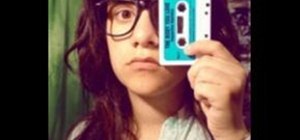
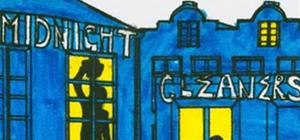
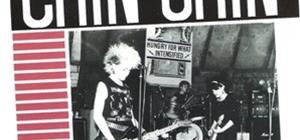
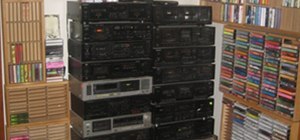
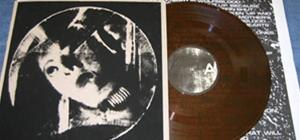
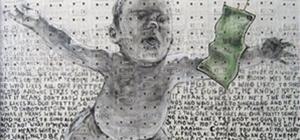
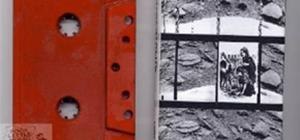
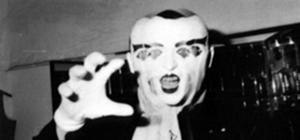
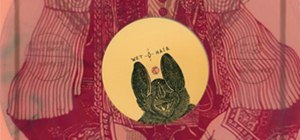
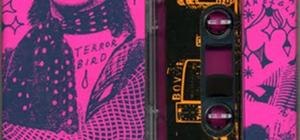

Be the First to Comment
Share Your Thoughts